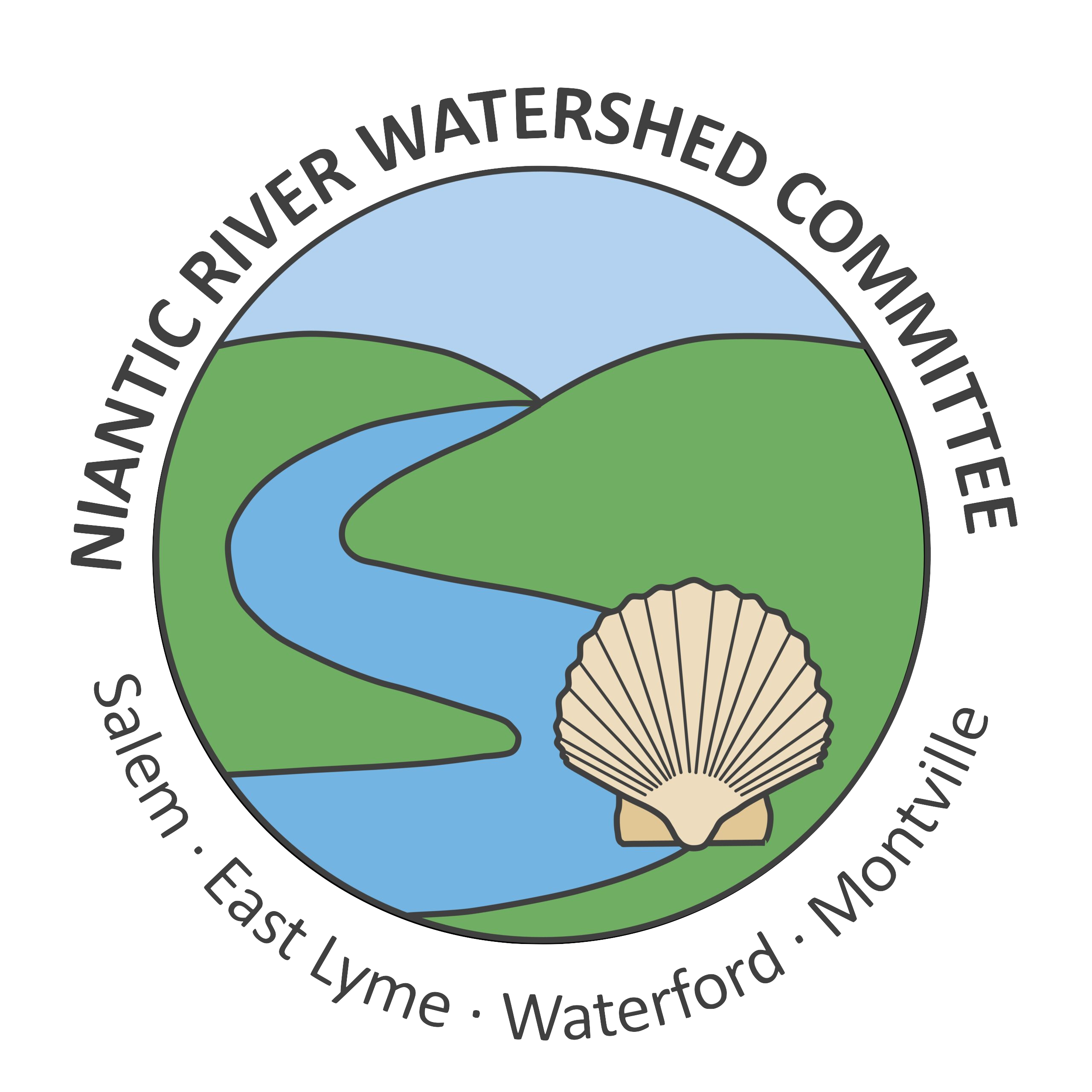Water Quality Monitoring by Other Organizations/Agencies
US Geological Survey
In 2011, the US Geological Service (USGS) completed a three year water quality monitoring project on several tributaries to the Niantic River, including Latimer Brook and Oil Mill Brook. The results of the study can be found in the project report, Nutrient Concentrations and Loads and Escherichia coli Densities in Tributaries of the Niantic River Estuary, Southeastern Connecticut, 2005 and 2008-2011.
USGS also conducted a study on the effects of the sewering of Pine Grove on nitrogen load reductions to the Niantic River from 2005 to 2011. Click here for more information on this study. Click here for the final report on this study, USGS Scientific Investigations Report 2015-5011, Evaluation of the Effects of Sewering on Nitrogen Loads to the Niantic River, Southeastern Connecticut, 2005–11. The Town of East Lyme is moving forward with a study of the feasibility of installing sewers in Saunders Point, a decision based in part on the results of the Pine Grove groundwater study .
Click here to link to Latimer Brook gage station data. Note that monitoring has ceased as of May 1st, 2023.
Millstone Environmental Lab
The Millstone Environmental Lab (MEL) collects water quality data from the Niantic River and Niantic Bay throughout the year. Collected data includes water quality parameters such as temperature, dissolved oxygen, salinity, dissolved organic and inorganic nitrogen, and macro-algae and eelgrass sampling. MEL also collects water quality data at NRWC’s lowermost Latimer Brook site, allowing us to provide a check on our sampling results.

University of Connecticut
Researchers at the University of Connecticut have conducted rigorous investigations in the Niantic River and Bay. Chief among these are several embayment studies conducted by Dr. Jamie Vaudrey, an Assistant Research Professor with the Department of Marine Sciences. Dr. Vaudrey’s research can be viewed at http://vaudrey.lab.uconn.edu/.
CFE/Save the Sound Unified Water Study
Save the River-Save the Hills has been participating in the Unified Water Study and collects water quality data from the Niantic Rive. The Unified Water Study was launched in 2017. The goal was to assist groups conducting water quality monitoring throughout Long Island Sound to have a consistent protocol so collected data would be comparable. Local monitoring groups receive support from Save the Sound, the study’s Science Advisors, and its funders. They are provided with monitoring equipment, training, Standard Operating Procedures, a custom study design for their monitoring locations, a template Quality Assurance Project Plan (QAPP), and other resources they need to successfully collect high quality monitoring data.
Click here to visit the Unified Water Study website and see data collected by Save the River-Save the Hills from the Niantic River (and around Long Island Sound!).
